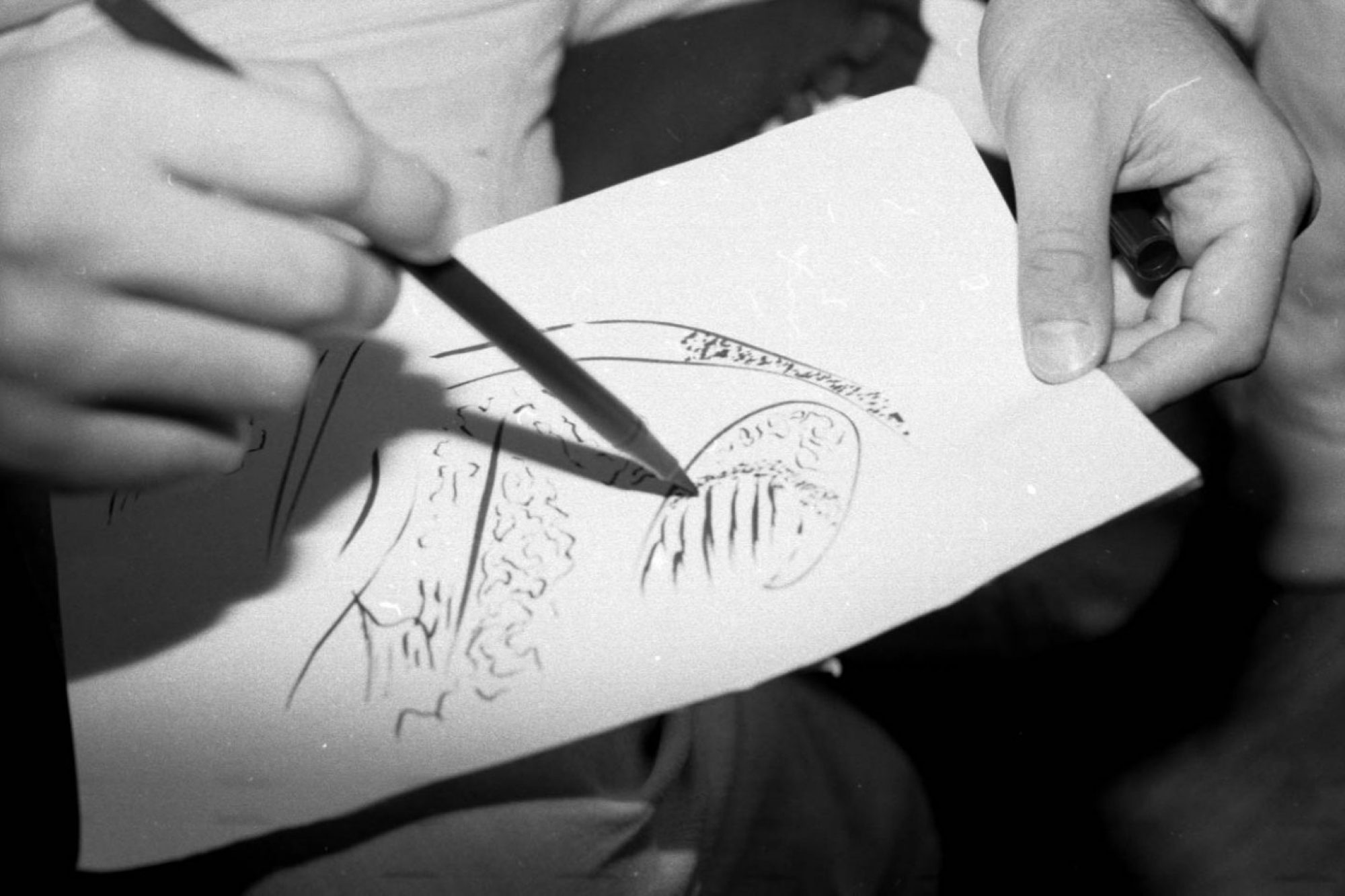
I seek to open up a third space in my classroom, a dimension that emerges in a place of uncertainty and perhaps resistance (Sanford et. al. 24). Uncertainty occurs in many areas of my teaching experience, especially in trying new approaches in the classroom.
In my senior studio art class, I introduced a project on redacted poetry. Students were instructed to choose texts of “difficult knowledge,” information that people often resist because they encounter “some moral conflict in their own reality” (Cohen-Evron 2005). News articles are an example of difficult knowledge, often telling stories of violence, money, race, class, and gender. I was uncertain as to how the students would engage with the texts and my confidence in the emotional endeavour of unpacking them. However, I trusted and had established a community with the class. To delve into discomforting topics, I had to prove myself as an empathetic and communicative instructor. I got to know the students previously through an identity-based project, and scaffolded the redacted poetry lesson that they understood that everyone was supported and encouraged to share their ideas.
The Lil’wat Principle, Cwélelep, describes this space of uncertainty like being caught in a dust storm. You can’t quite see anything clearly or anticipate what might be ahead. Just like art, you might go into a project with a vision or particular approach, and come out of this ‘storm’/artistic process with a different result. Or, much like the current pandemic and Black Lives Matter Movement, there is a ton of uncertainty around the reformation of social, economic and political systems. How might the future look?
I am not a teacher to tell students how to think, but to question and inquire further into predisposed facts and truths. Visual culture is art, and we are all being bombarded with messages. I intend on providing them with the tools of shared respect and bravery to remain in the third space, the location of imbalance. It is in this very space that growth happens, when students and teachers constantly challenge comfortable ways of knowing (Sanford et. al 25).
Nurit Cohen-Evron (2005) Students Living within Violent Conflict: Should Art Educators “Play it Safe” or Face “Difficult Knowledge”?, Studies in Art Education, 46:4, 309-322, DOI: 10.1080/00393541.2005.11651793
Sanford, K., Williams, L., Hopper, T., & McGregor, C. (2012). Indigenous principles informing teacher education: What we have learned. In Education, 18(2). Retrieved from: http://ineducation.ca/article/indigenous-principles-informingteacher-education-what-we-have-learned
